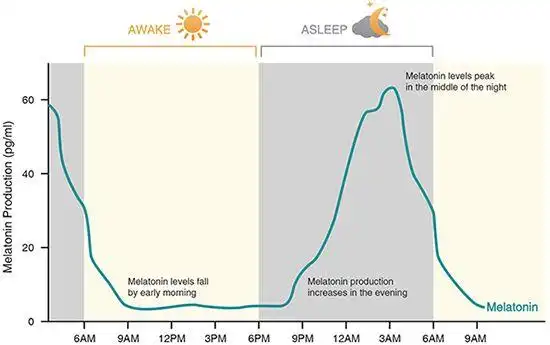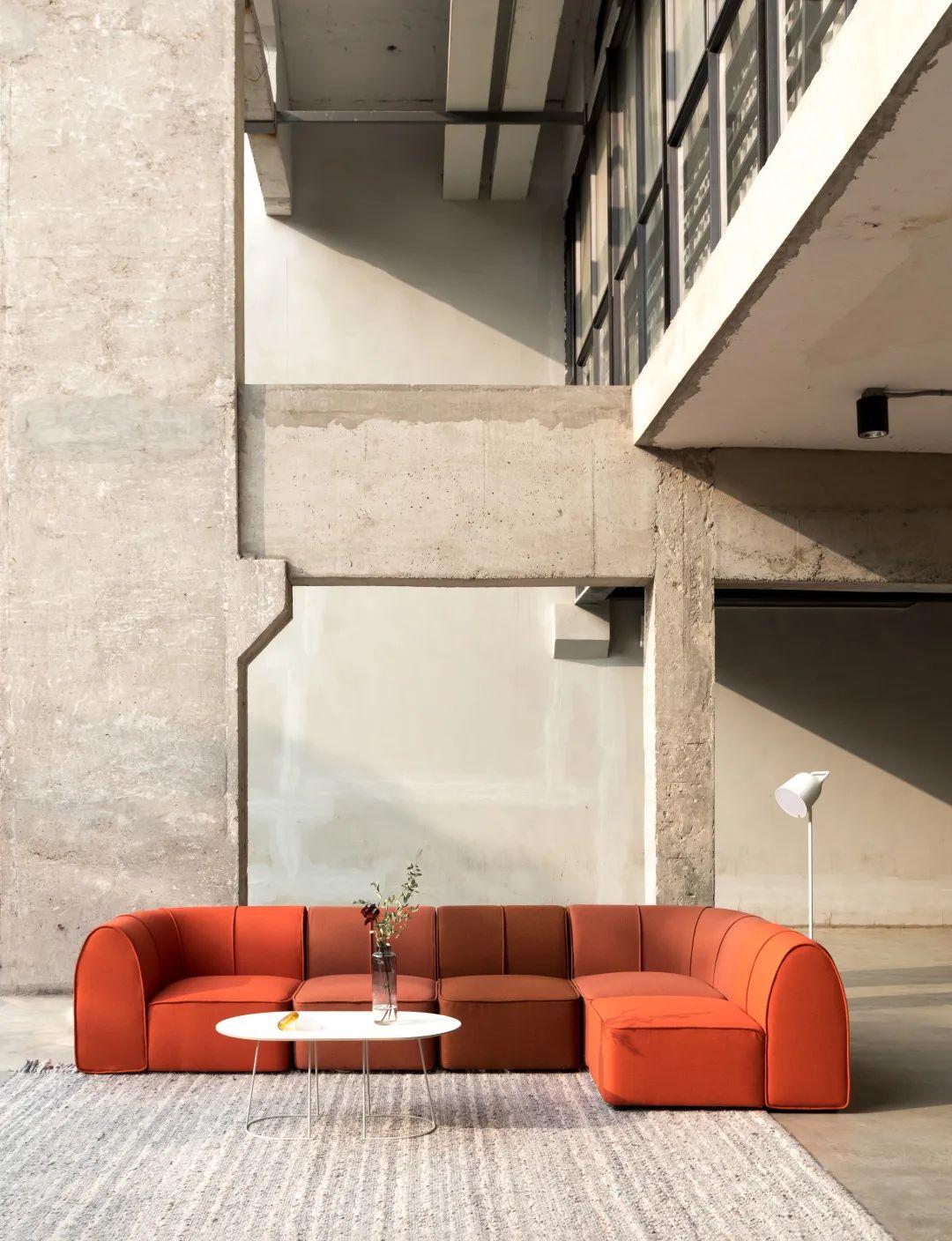Lighting and Human-Centered Design
Today's work systems are task-oriented. Modern lighting and the spaces where we perform our duties should meet our needs and inspire us to take action.
Employee expectations change—sometimes they demand focus and energy, but often they also demand calm or inspiration.
Human-centered design is about adapting interior spaces to people, not the other way around.
A key factor here is office lighting, whose color, intensity, and quantity should reflect the properties of natural light—the kind that optimizes human vision.
Where does the concept of human-centered design originate?
Human-centered design focuses on people, focusing on their needs, expectations, possibilities, fears, and limitations.
Donald Norman, the founder of this theory in the 1980s, proposed a process for returning the final product of a project to the user, ensuring it works flawlessly.
Human-centered design gave rise to the Human-Centered Lighting (HCL) project, launched by the European Commission from 2013 to 2016 to expand knowledge in modern lighting and support practices focused on technological advancements in this field. The results of these activities clearly define the impact of office lighting on employee health and productivity. Existing standards only regulate light intensity, glare, or color rendering levels, but do not directly address employee comfort at work. Instead, they indirectly address the health effects of poor lighting parameters.

The project's key recommendation is that office lighting should be optimized according to circadian rhythms. Daylight regulates our biological clocks, stimulating activity or allowing us to rest. This is because it stimulates receptors in the retina, signaling our bodies to adjust to different times of day. As the sun moves, the color temperature, angle of incidence, intensity, and quantity of light also change.
Optimal lighting for the workplace or resting
Today, we spend most of our time indoors, with limited access to natural light. To ensure a comfortable working and resting environment, optimal lighting solutions for modern buildings and offices should be as close to daylight as possible and therefore flexible. Current technology allows us to adapt lighting solutions to actual conditions, creating fluid lighting conditions.
HCL not only ensures that the intensity is appropriately matched to the room's current function or the tasks performed by employees, but also adjusts the color temperature, stimulating blue light beams and reducing them at night to promote relaxation. This system can prove helpful for supporting workers who work three shifts or frequently change time zones.

HCL and Legal Issues
HCL research shows that people who use the system feel: 18% more productive, energized (71% of respondents), happier (78%), and healthier (78%).
Employers themselves benefit from:
Increased productivity
Fewer errors or workplace accidents
Most importantly, improved employee well-being and comfort.
A major obstacle to the introduction of human-centric lighting (HCL) is the lack of legal standards governing its implementation in offices, workplaces, or warehouses, as well as a lack of widespread awareness of its benefits. Lighting Europe has set a goal to get regulators to take HCL into account by 2025.


